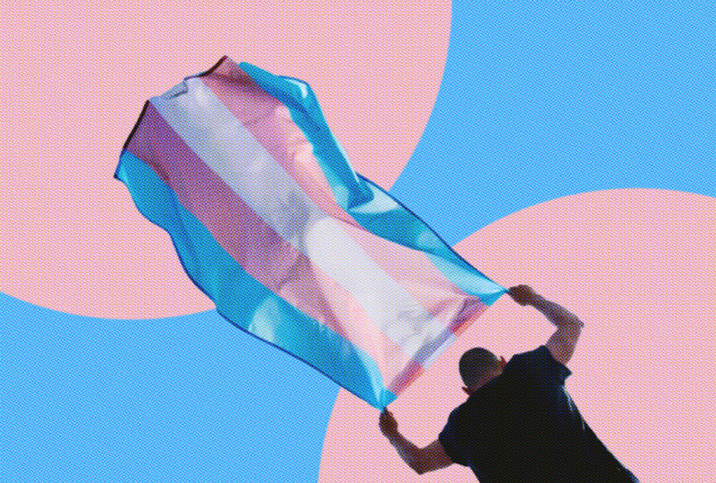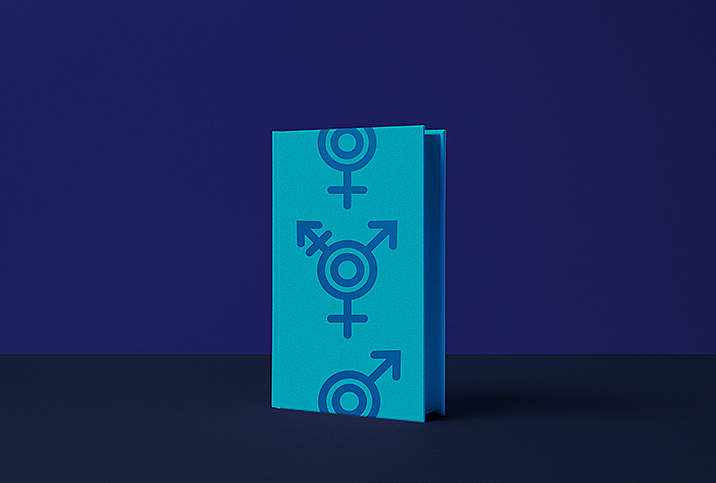A Guide to Transgender Bottom Growth

Whether you are looking for hard science or a simple pictorial guide, there are limited resources available online for transgender people using testosterone in their hormone replacement therapy (HRT).
For some, bottom growth is a desired effect to help alleviate gender dysphoria, or psychological distress, associated with their genitals.
To help people going through this situation, I've assembled my own knowledge and experiences into a straightforward explanation of the transgender bottom growth process.
What is bottom growth?
In this guide, and in general, the term "bottom growth" refers to genital changes experienced by people assigned female at birth(AFAB) when they undergo testosterone hormone therapy or masculinizing hormone therapy. This medical process is done through the application of hormone topical gels and creams or through hormone injections.
Many people who undergo masculinizing therapy are transgender men; others, like me, are nonbinary, including genderqueer, bigender and agender folks. For some, bottom growth is a desired effect to help alleviate gender dysphoria, or psychological distress, associated with their genitals. For others, it's an added bonus or a tolerated side effect of hormones used to alleviate other dysphoria.
The basics of bottom growth
The erectile tissue in the clitoris grows with testosterone therapy for the same reason a cisgender boy's penis grows into adult size as he moves through puberty. Testosterone, whether produced inside the body or taken as a topical or injected hormone replacement, stimulates the development of erectile tissue, of which the clitoris has plenty.
Bottom growth, or the changing shape and size of the labia and clitoris, is typically one of the first effects trans people experience during hormone replacement therapy. The clitoris typically grows between 1 and 2 inches, or possibly longer.
Some people not interested in the systemic effects of testosterone, such as hair growth and voice change, might use a topical form of testosterone called DHT (dihydrotestosterone) directly on their external genitalia. DHT can be used to supplement other forms of testosterone, with the guidance of an endocrinologist, to increase bottom growth in some people. Comprehensive studies about these treatments in the trans population are unfortunately lacking (as with many other trans health issues).
The need for bottom growth resources
There are virtually no images available online to help trans people get to know what they might expect from these bottom growth changes. Chella Man, a trans artist and public figure, offered up this missive on his own body in an online magazine called them, where some of the images are censored.
What is available is porn, particularly the Reddit FTM porn forum, which ignores entirely the existence of nonbinary people going through masculinizing therapy. As nonbinary writer Oak (by the username theoaknotes) said in their article for the Prism and Pen collective, "I shouldn't have to watch porn to get a better understanding of my body." Further crackdowns on "not safe for work" artists, activists and performers across social media platforms, as a result of the SESTA-FOSTA legislative package, only stand to make matters worse.
For their health and safety, people undergoing masculinizing therapy need a change, not just in how justice systems deal with sex work, obscenity, pornography and nonconforming bodies, but in how we educate ourselves and our children about bodies altogether. Trans-inclusive sex education is dangerously rare, something we have the capacity to change at the ground level within our communities.


















